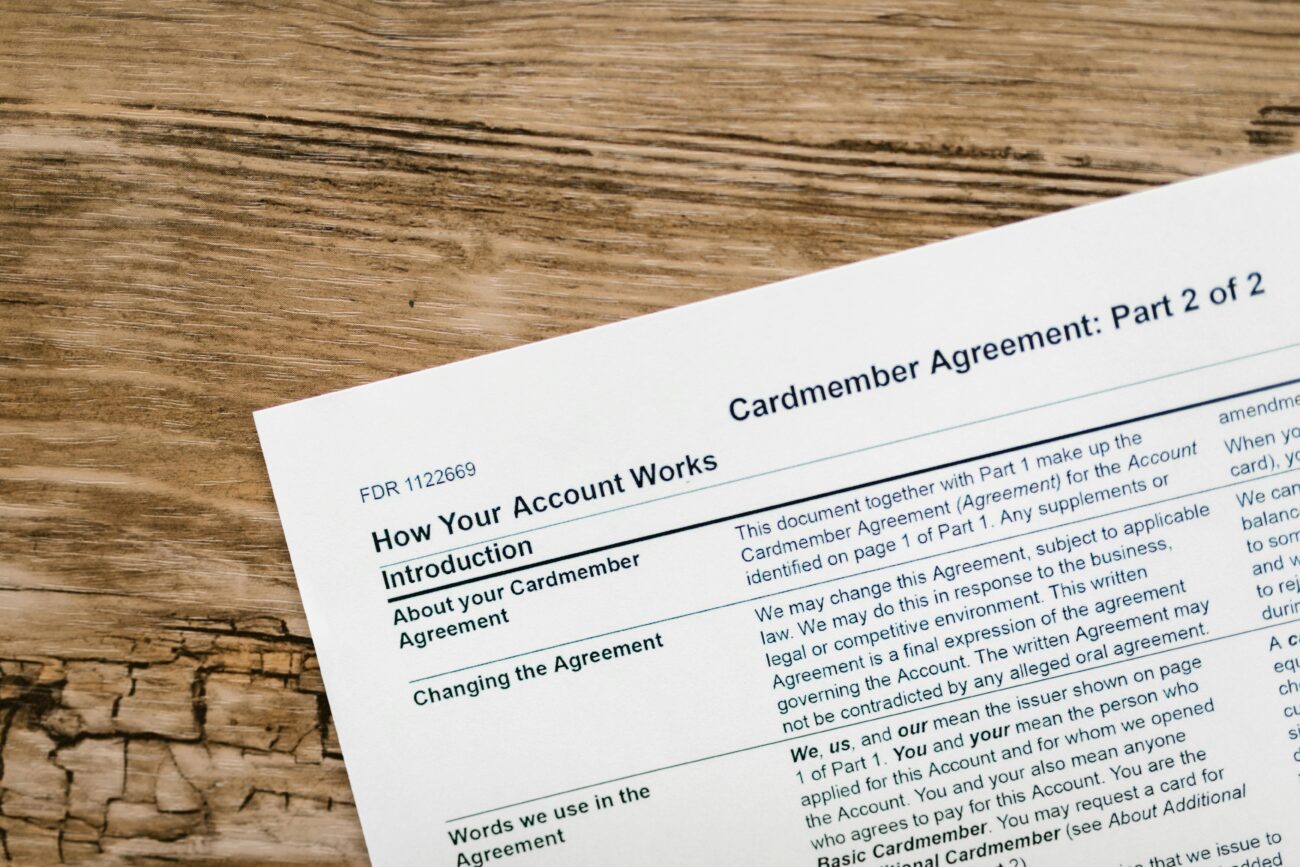If you’re considering GLP-1 medications for weight management or diabetes treatment, you’re likely wondering about insurance coverage. Understanding how GLP-1 drugs fit into your insurance plan can be daunting, but we’re here to clarify this for you.
What are GLP-1 Medications?
GLP-1 (glucagon-like peptide-1) medications are a class of drugs commonly prescribed for type 2 diabetes and obesity. Some well-known GLP-1 drugs include:
- Semaglutide (Ozempic, Wegovy)
- Liraglutide (Victoza, Saxenda)
- Dulaglutide (Trulicity)
These medications work by helping to control blood sugar levels and curbing appetite, making them popular choices for managing weight and diabetes.
Insurance Coverage for GLP-1 Medications
The coverage of GLP-1 medications largely depends on your specific insurance policy. Here are some key points to consider:
1. Check Your Plan
Start by reviewing your health insurance policy. Key questions to ask include:
- Does my plan cover prescription medications?
- Are GLP-1 medications specifically included?
- What are the copayment or coinsurance rates?
2. Tiered Formulary Structure
Most insurance companies use a tiered formulary system to categorize medications:
- Tier 1: Lowest out-of-pocket costs (generic drugs)
- Tier 2: Preferred brand-name drugs (moderate costs)
- Tier 3: Non-preferred drugs (higher costs)
Many GLP-1 medications fall under Tier 2 or Tier 3, which can affect your overall costs.
3. Prior Authorization Requirements
Some insurance plans require prior authorization before covering GLP-1 medications. This means your healthcare provider must provide documentation justifying the need for the medication. If the request is denied, you may have to appeal the decision.
4. Variability by State and Insurer
Coverage can also vary by state and insurance provider. Some states have mandates that require insurance companies to cover certain diabetes medications, while others do not.
5. Patient Assistance Programs
If your insurance plan does not cover GLP-1 medications, explore manufacturer patient assistance programs. Many pharmaceutical companies offer discounts or financial assistance to help you afford these medications.
How to Maximize Your Coverage
To ensure you get the most out of your insurance coverage for GLP-1 medications, consider these tips:
- Contact your insurance provider to clarify coverage specifics.
- Work closely with your healthcare provider to submit prior authorizations.
- Keep records of all correspondence related to insurance claims.
- Stay updated on any changes in coverage policies that might occur annually.
Conclusion
Understanding whether GLP-1 medications are covered by your insurance involves reviewing your plan’s specifics and being proactive in communication. Each insurance plan varies, but being informed can help you navigate the process more smoothly.
If you need further assistance, consider consulting with your healthcare provider or a licensed insurance agent to explore your options. They can help you find the best path for managing your health without breaking the bank.
